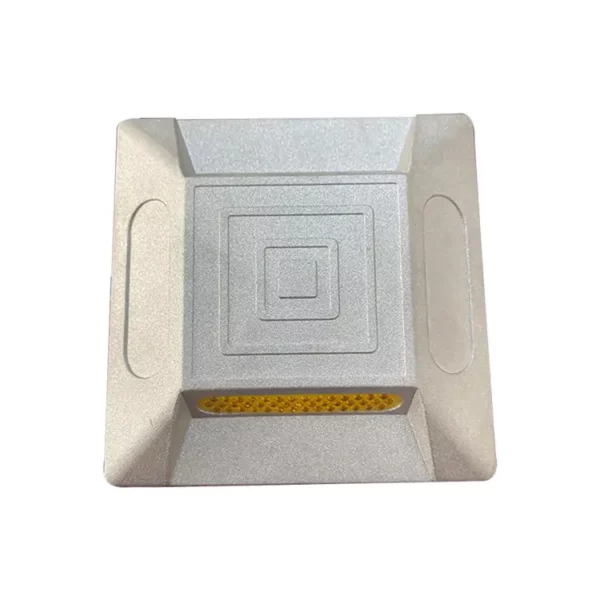Several measures are in place to ensure the uniformity of solar traffic signals:
- Standardization: Solar traffic signals are designed according to established standards and guidelines set by organizations such as the International Organization for Standardization (ISO) and national traffic regulatory bodies. These standards define specifications for signal design, components, performance, and installation to ensure uniformity across different systems.
- Regulatory Compliance: Solar traffic signals must comply with applicable traffic laws, regulations, and specifications established by local, regional, or national authorities. These regulations often include requirements for signal colors, sizes, symbols, and visibility to ensure consistency and uniformity in signal appearance and operation.
- Manufacturer Guidelines: Manufacturers of solar traffic signals provide guidelines and specifications for the design, construction, and installation of their products. These guidelines ensure that signals meet quality standards and performance requirements, contributing to uniformity in signal functionality and reliability.
- Quality Control: Manufacturers implement quality control measures during the production process to ensure consistency and uniformity in signal manufacturing. Quality control procedures may include testing of components, assembly processes, and finished products to verify compliance with specifications and standards.
- Testing and Certification: Solar traffic signals may undergo testing and certification by independent testing laboratories or regulatory agencies to validate their performance and compliance with standards. solar traffic signal Certification ensures that signals meet established criteria for functionality, durability, and safety, contributing to uniformity in signal quality and reliability.
- Installation Guidelines: Guidelines and best practices for the installation of solar traffic signals are available to ensure proper placement, alignment, and operation of signals. Following installation guidelines helps maintain uniformity in signal appearance, visibility, and functionality across different locations and installations.
- Training and Education: Training programs and educational materials are available for traffic engineers, technicians, and installers involved in the deployment of solar traffic signals. Proper training ensures that personnel understand the requirements and procedures for signal installation, maintenance, and operation, promoting uniformity in signal performance and reliability.
- Maintenance Protocols: Regular maintenance and inspection protocols are established for solar traffic signals to ensure continued functionality and compliance with standards. Maintenance activities may include cleaning, adjustment, and replacement of components as needed to maintain uniformity in signal appearance and performance over time.
By implementing these measures, stakeholders can ensure the uniformity of solar traffic signals in terms of design, manufacturing, installation, operation, and maintenance, promoting consistency and reliability in signal performance across different locations and applications.
